His heroic visage suitably reflects his wealth and status and the martial, almost imperial, image of the sitter is an interesting characterisation and was popular at the time. Most likely painted just after the sitter’s death in 1638 to commemorate his life, the body has been modelled on Van Dyke’s finest portrait of Charles I which was painted just a few years earlier in 1635/6. Van Dyke’s portrait became wildly popular and is still one of his most renowned works of the monarch today (very good period copies are in National Portrait Gallery, London, at Wilton House, Welbeck Abbey, Sudeley Castle, in the Musee de Versailles). The head itself was probably modelled from a known mezzotint of the sitter of 1618 by the engraver Simon de Passe (1595-1647). De Passe had settled in London in 1616 from Utrecht and established a successful engraving practice (mainly of portraits of the royal family, noblemen and scholars). This approach to creating a composition is not unusual.
The painting is inscribed on the plinth: “Edward Cecil 3rd son of Thomas Earl of Exeter, Created Viscount Wimbledon, Great Grandfather to Albina, Present Marchioness of Lindsey”. Inscriptions such as this were commonly added to paintings both at the time the work was painted, but also later as a way to make a permanent record of the sitter’s identity. Albina Farington (1689-1745) held the title of Marshioness of Linsday between 1706 and 1715 as the wife of British statesman and nobleman Robert Bertie, 1st Duke of Ancaster and Kesteven PC (1660-1723), 1st Marquess of Lindsey.
Cecil was born into one of the most influential families in England, his grandfather (Sir William Cecil) and uncle (Robert Cecil) dominated the royal court for more than half a century. He was a dedicated soldier in the English forces. He led a cavalry troop at the battle of Nieuport in 1600, and in 1601, he commanded a thousand men in the relief of Spanish-besieged Ostend, earning him knighthood from Queen Elizabeth. In November 1625, he became Baron Cecil of Putney and Viscount Wimbledon, named after his Surrey residence, Wimbledon House. He maintained a prominent position in the military.
Cecil had three marriages. His first, in 1601, was to Theodosia Noel, with whom he had five daughters. Following Theodosia's death, he wed Diana Drury in 1618 and they had a daughter who died as an infant. His third marriage was in 1635 to Sophia Zouche, and they had a son who also died in infancy. Cecil passed away in 1638 and is buried in the Cecil Chapel at St Mary's Church, Wimbledon. His titles expired with him. Sophia later married Sir Robert King and they had a daughter.
This painting is evidence of the commensurate skill of the artist. The glistening armour has been painted with precision but the hands are most notable and are an exemplary artistic achievement. The ensuing battle in the distance imbues the portrait with a sense of movement and drama. It is safe to assume the work was painted in England due to its precise size which was, by the time of its creation, a very common size used in England.
Held in a superb carved and gilded period frame.
Anthony Van Dyck, a significant Flemish painter of the 17th century, held a position of prominence following Rubens. His artistic prowess was notably shaped by the impactful works of Rubens and various Italian artists he studied under. Van Dyck's career flourished in Antwerp and Italy where he excelled as a portraitist, in addition to creating intricate religious and mythological paintings. His skills extended beyond painting to include exceptional draftsmanship and etching. He is most renowned for his sophisticated depictions of Charles I and his court.
He was born in Antwerp and began producing independent works around the age of 17, during 1615-16. By 1621, he was serving James I of England, a role he left for an extended stay in Italy, lasting until 1627. Following a second stint in the Netherlands, Van Dyck achieved even greater acclaim upon his return to the English court in 1632. His detailed and complimentary depictions of Charles I and his family established a new benchmark in English portraiture, creating a trend among court members.
All of our paintings have been carefully selected and have been assessed by a professional conservator prior to going on sale. Thus, they are all in good condition and can be hung and enjoyed immediately.
Provenance: Kilcooley Abbey
Measurements: Height 144cm, Width 119cm framed (Height 56.75”, Width 46.75” framed)



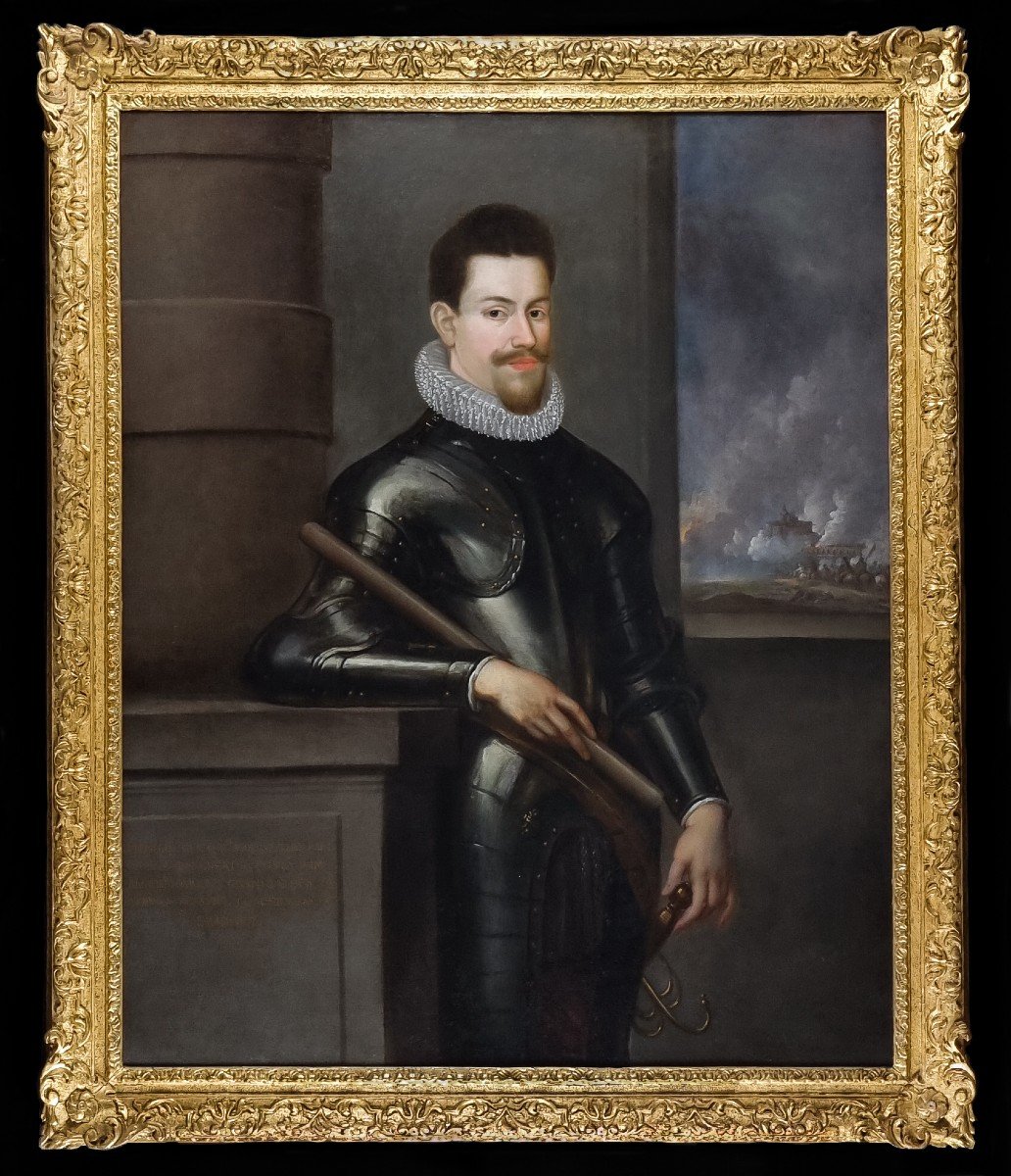

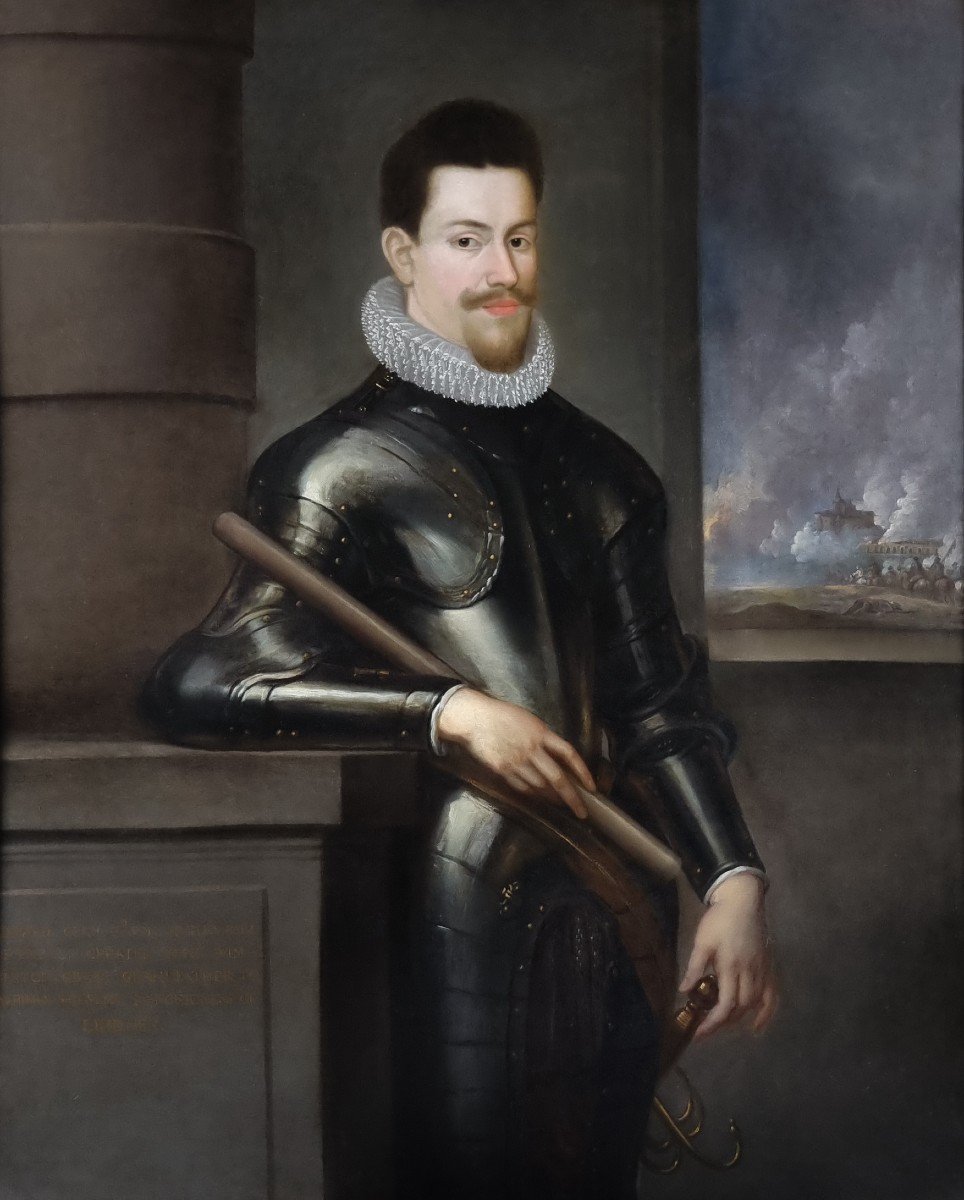





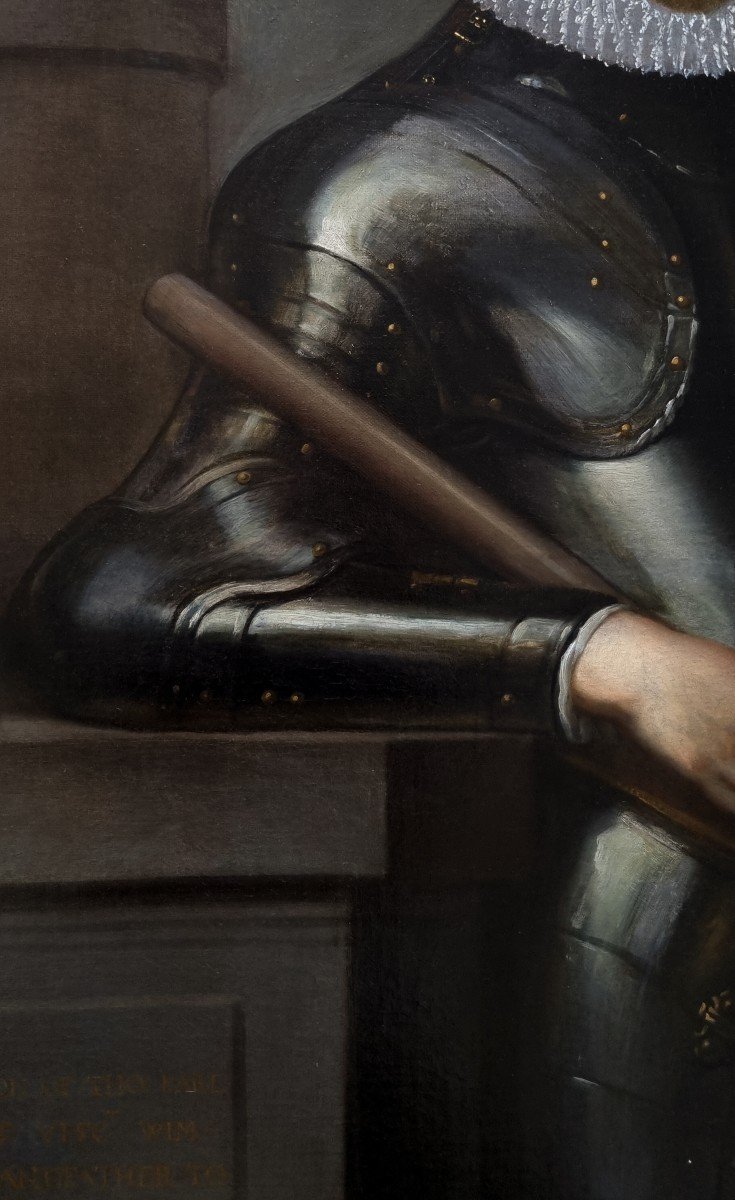









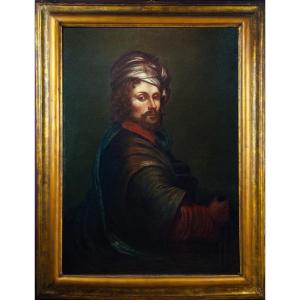
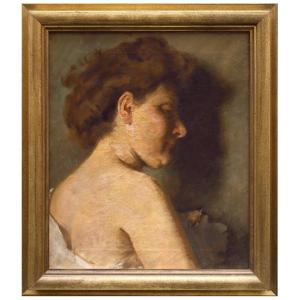







 Le Magazine de PROANTIC
Le Magazine de PROANTIC TRÉSORS Magazine
TRÉSORS Magazine Rivista Artiquariato
Rivista Artiquariato
